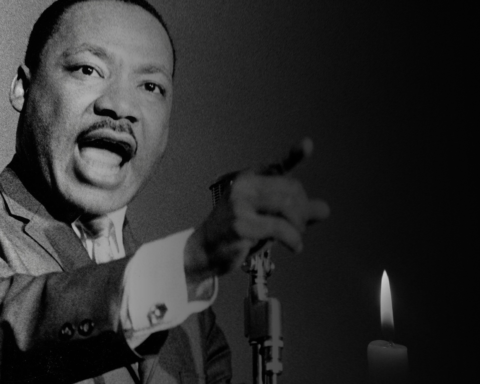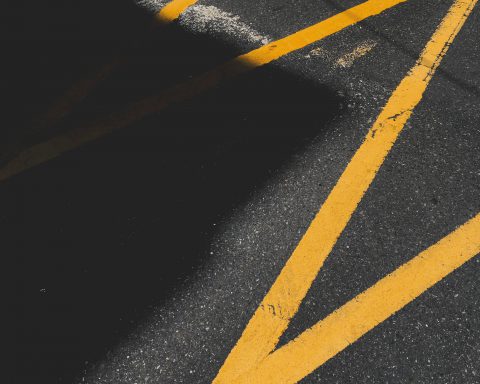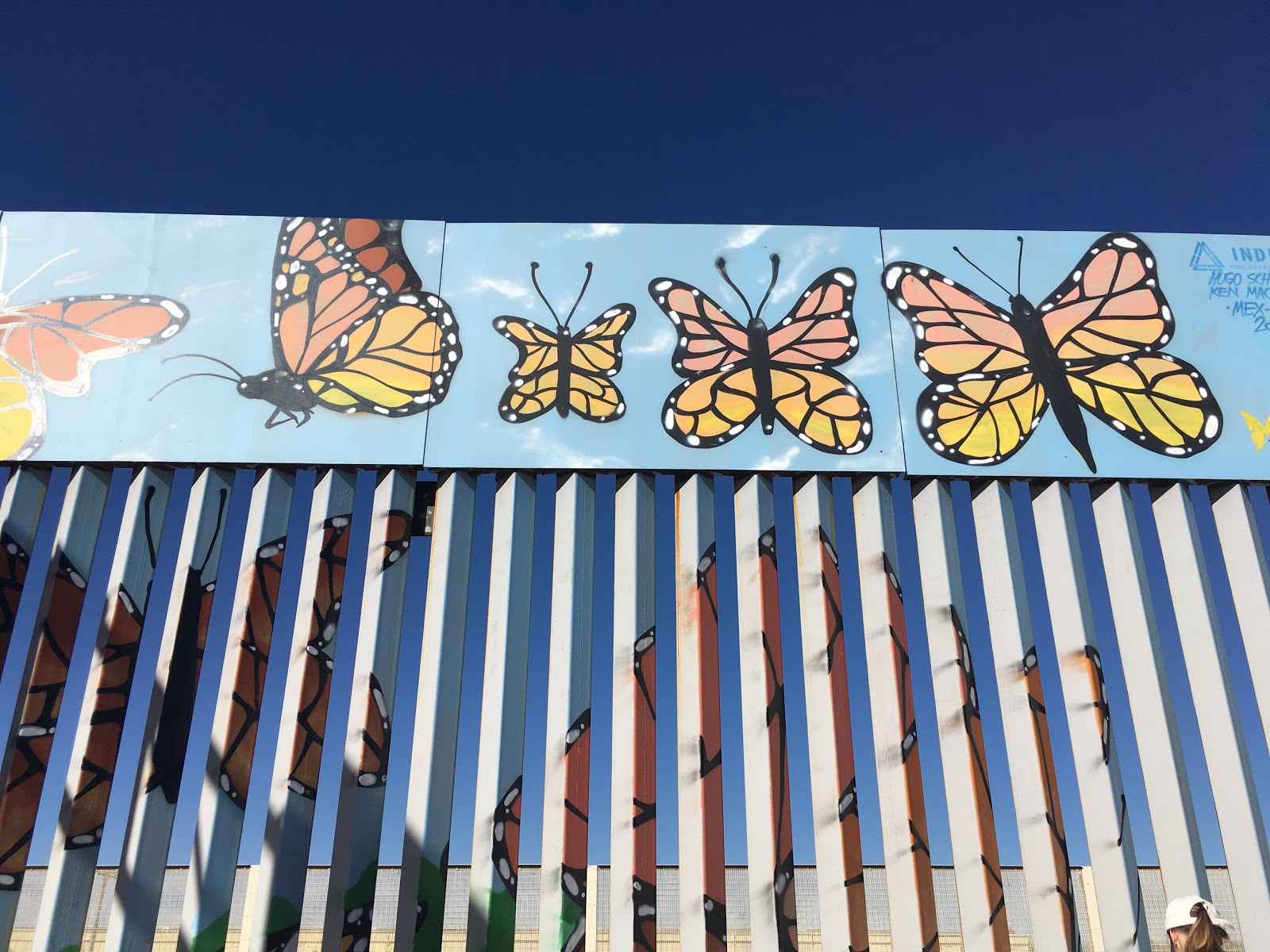A couple months ago, several friends and I decided to take a trip to the National Museum and Memorial for Peace and Justice in Montgomery, Alabama. This museum is unique in that it not only tells the history of slavery in our country, but it gives a critical eye to the aftermath and the ramifications of slavery that we see in modern times: mass incarceration, continual racism, continual white supremacy and immense denial of racially motivated murders . It is also important to mention that the very building in which this museum exists was, at one time in history, a warehouse and slave auction site just a short walk from the Alabama River where many slaves were transported.
With each step, from the very beginning of the tour, we entered the world that was while realizing how it has affected the world that is and how, in the words of Frederick Douglass, “the spirit of slavery” moves today. Lynching, the horrendous act of hanging black and brown people by white people prevalent in the 20th century, is one of those evil spirits that the museum highlights. Among the exhibits are glass jars full of dirt. This dirt, this land, is the very dirt that covered the ground and witnessed the murders of many black and brown men and women. This dirt is currently being collected in order to help identify the people who were killed because many of them are unidentified or unnamed.
With each step, from the very beginning of the tour, we entered the world that was while realizing how it has affected the world that is and how, in the words of Frederick Douglass, “the spirit of slavery” moves today.
Apart from the museum is a memorial dedicated to the black and brown people who were lynched…some with names and some without. The memorial consists of suspended, rusted, bronze-like, rectangular blocks of metal with the names of the people who were murdered etched on them. Each metal block is categorized by county in mostly southern states, with some northern states mentioned. Hanging above us as we walked were the names ever so vividly present. Hundreds of names are present.
One of the pictures at the museum depicts a black man being lynched while hundreds of white people are gathered around him smiling…almost having a picnic. This was a not uncommon part of the overall event. The act of lynching itself was thrown around like it meant nothing while white people watched with entertainment as if they had accomplished something. So, when the word ‘lynching’ is thrown around in the current context, it takes us back to those moments. When the president of the United States, a wealthy, white man, tweets that he is a victim of being lynched by the Democratic party, it takes us back and whitewashes the terrorism and racist violence experienced by generations of black and brown people. It skews history and erases the racial dynamic of the act. Throwing this word and action around as if it were only a word reemphasizes the work we white people need to be doing.
An obscure story in the underrated book of Numbers recounts a moment experienced by the Israelites in the wilderness:
From Mount Hor they [the Israelites] set out by the way to the Red Sea, to go around the land of Edom; but the people became impatient on the way. 5The people spoke against God and against Moses, ‘Why have you brought us up out of Egypt to die in the wilderness? For there is no food and no water, and we detest this miserable food.’ 6Then the Lord sent poisonous serpents among the people, and they bit the people, so that many Israelites died. 7The people came to Moses and said, ‘We have sinned by speaking against the Lord and against you; pray to the Lord to take away the serpents from us.’ So Moses prayed for the people. 8And the Lord said to Moses, ‘Make a poisonous serpent, and set it on a pole; and everyone who is bitten shall look at it and live.’ 9So Moses made a serpent of bronze, and put it upon a pole; and whenever a serpent bit someone, that person would look at the serpent of bronze and live. (Numbers 21:4-9, NRSV)
Out from the dirt of the wilderness bursts forth the death dealing snakes much like death dealing racism still bursts forth from the dirt holding the remains of our black and brown siblings. White supremacy slithers around us, biting us, and the only way to deal with it – to live – is to look it in the eyes and face it. Instead of bronze, we face the whiteness. We face our own complacency and our unwillingness to think before we speak. We should face the realities that lie within the names of the bronze-like, rusted memorials that bare the heavy load of decades of violence. When we throw out words, complaints and denials of oppressing the other, we turn our back on facing the thing that kills our souls – our whiteness. Moses enlarged the fears of the people; he made it so extravagant that they had to see it. And that is the job of us white people…no one else. White people created this problem and white people must deal with this problem. We fear; we walk through the wilderness complaining; we give into the sins that kill our souls; and we must look into the eyes of the sin that we lean into so comfortably. We must enlarge it so others have to face it…we must name it.
When we throw out words, complaints and detest while oppressing the other, we turn our back on facing the thing that kills our souls – our whiteness.
Ida B. Wells once stated that “Our country’s national crime is lynching.” The killing of thousands of black and brown people is a sin that has not been faced in our country. It is the bronze serpent that people have turned their backs on and pretend is not there. It bites us, slowly killing us. When the word ‘lynched’ is thrown around, specifically by white people who feel that they have experienced it, they—or we–place ourselves in front of the black and brown people who were killed so violently and the ones who live and experience that trauma today. The crime has never been faced fully and our souls are dying because of it.
One instance of fear plus one racist tweet plus one word or statement steeped in white supremacy add up to the sum of a monstrous cloud of racist idolatry. We cannot just toss out the rhetoric or brush it off. The people of Israel walked in the wilderness for 40 years and all along the way, up until this point in Numbers, they must have been complaining. They must have said a couple of negative words here and there and it adds up to the point where God forces us to face the underlying theme that runs through our words and actions. God calls us to question everything we say, and God calls us to face the fear. God calls us to look into the eyes of the bronze serpent for it is there that we find healing that will hurt, wholeness that involves self-discovery and repentance. God calls us to do the work.
God calls us to question everything we say, and God calls us to face the fear. God calls us to look into the eyes of the bronze serpent for it is there that we find healing that will hurt, wholeness that involves self-discovery and repentance. God calls us to do the work. So, may we look into the eyes of whiteness and deal with the things we fear. May we turn to see the names of those whose lives were taken by racism and violence. May we revere the dirt that holds those names while dismantling shameless and vile rhetoric that perpetuates sin and evil. May we move into action because words without action are empty. And may we do the work of faith and justice because our souls are dying, and our siblings are suffering.
Lee Catoe, Managing Editor of Unbound, is a native of South Carolina and lives in Nashville, TN. He is in the ordination process in the Presbyterian Church USA and hopes for a day when all are welcome to the divine banquet.





Unbound Social